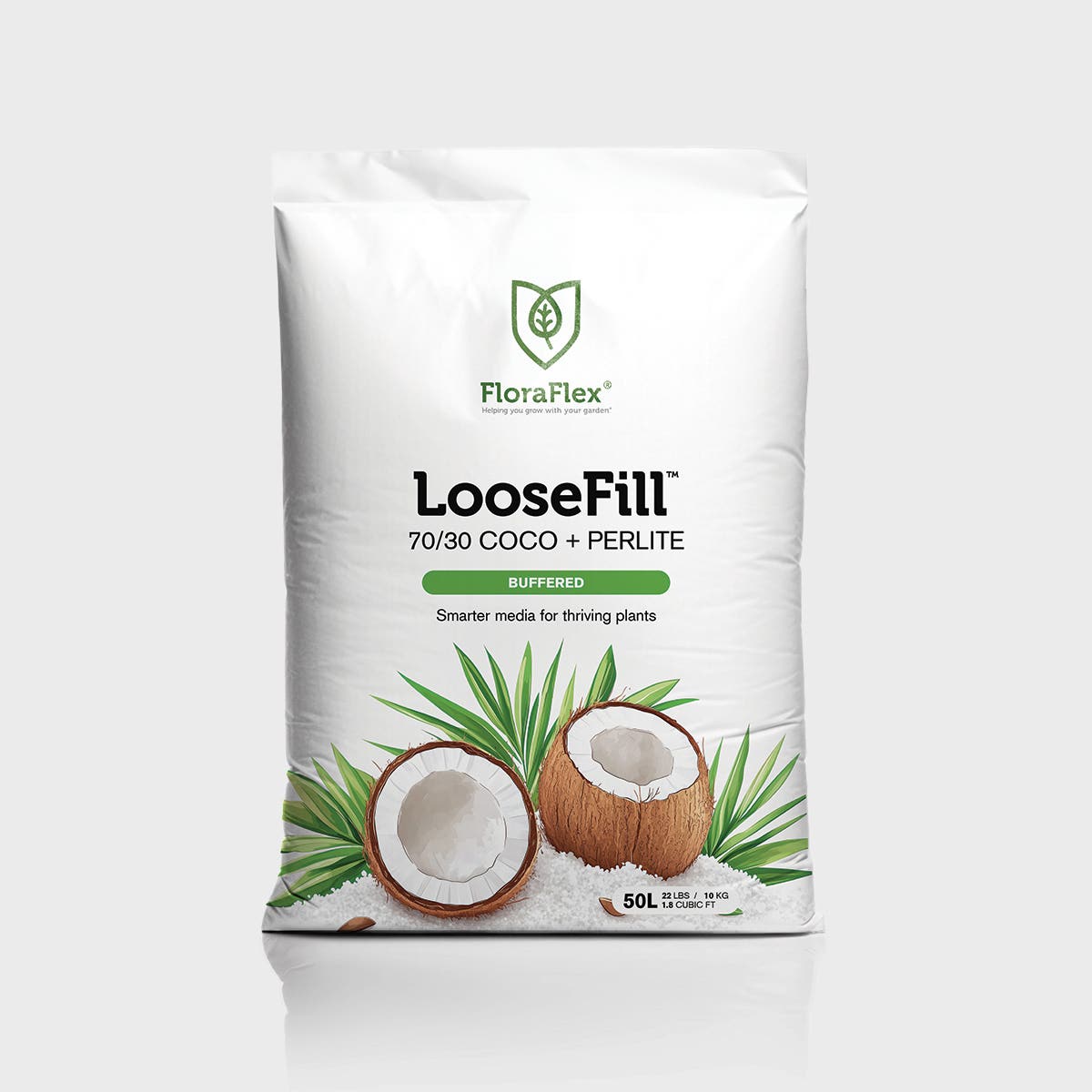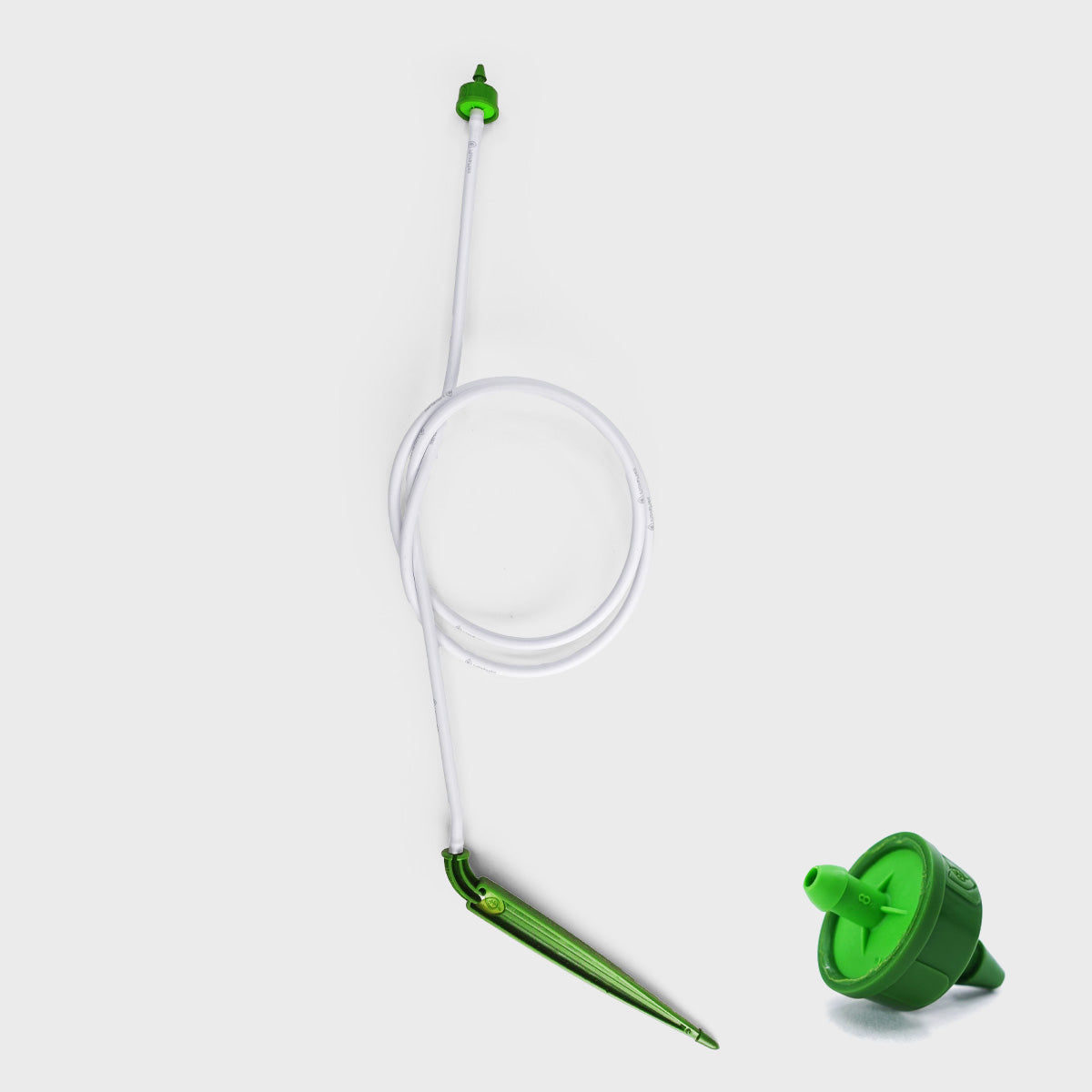The journey of a weed plant, from seed to sprout, is an exciting and fascinating process. Understanding the timeline of this growth cycle can help growers cultivate their plants effectively and anticipate important milestones. Let's explore the typical timeline for a weed plant to sprout and begin its journey towards maturity.
-
Seed Germination (1-7 days): The first stage of the weed plant's lifecycle is seed germination. When provided with the right conditions, such as moisture, warmth, and darkness, the seed will absorb water and activate its internal processes. Within a week, a small white taproot emerges from the seed, signaling the successful germination.
-
Seedling Stage (2-3 weeks): Once the taproot emerges, the seedling stage begins. At this point, the plant will develop its first set of leaves, called cotyledons. These initial leaves provide energy to the young plant until the true leaves start to form. The seedling will grow rapidly, and the roots will establish themselves in the growing medium.
-
Vegetative Stage (2-8 weeks): The vegetative stage is characterized by rapid growth and the development of multiple branches and leaves. The plant focuses on foliage production, strengthening its structure, and expanding its root system. During this stage, growers provide the plant with ample light, nutrients, and proper environmental conditions to support healthy growth.
-
Pre-Flowering Stage (1-2 weeks): As the weed plant matures, it enters the pre-flowering stage. During this phase, the plant begins to show its gender, with females developing pistils and males producing pollen sacs. Growers carefully monitor their plants during this period to identify and remove any male plants if their intention is to cultivate only female plants for flower production.
-
Flowering Stage (6-10 weeks): The flowering stage is when the weed plant devotes its energy to flower production. Female plants develop buds, which contain the desired cannabinoids and terpenes. The length of the flowering stage varies depending on the strain and growing conditions. Typically, it lasts between 6 to 10 weeks. During this period, growers adjust lighting schedules and nutrient ratios to optimize flower development.
-
Harvesting (varies): Once the flowers have fully matured, growers can proceed with harvesting. The timing of the harvest is critical, as it affects the potency, flavor, and overall quality of the buds. Growers look for visual cues such as changes in trichome color and maturity to determine the ideal harvest time. Proper drying and curing techniques are then employed to enhance the flavor and aroma of the harvested flowers.
It's important to note that the timeline provided is a general guideline, and actual timings may vary depending on various factors, including the strain, growing conditions, and cultivation methods. Additionally, outdoor cultivation may experience variations due to seasonal changes and climate conditions.
By understanding the timeline of a weed plant's growth, growers can plan their cultivation activities accordingly and provide the necessary care at each stage of the plant's development. This knowledge empowers cultivators to nurture their plants from seed to sprout and ultimately achieve a successful harvest.








